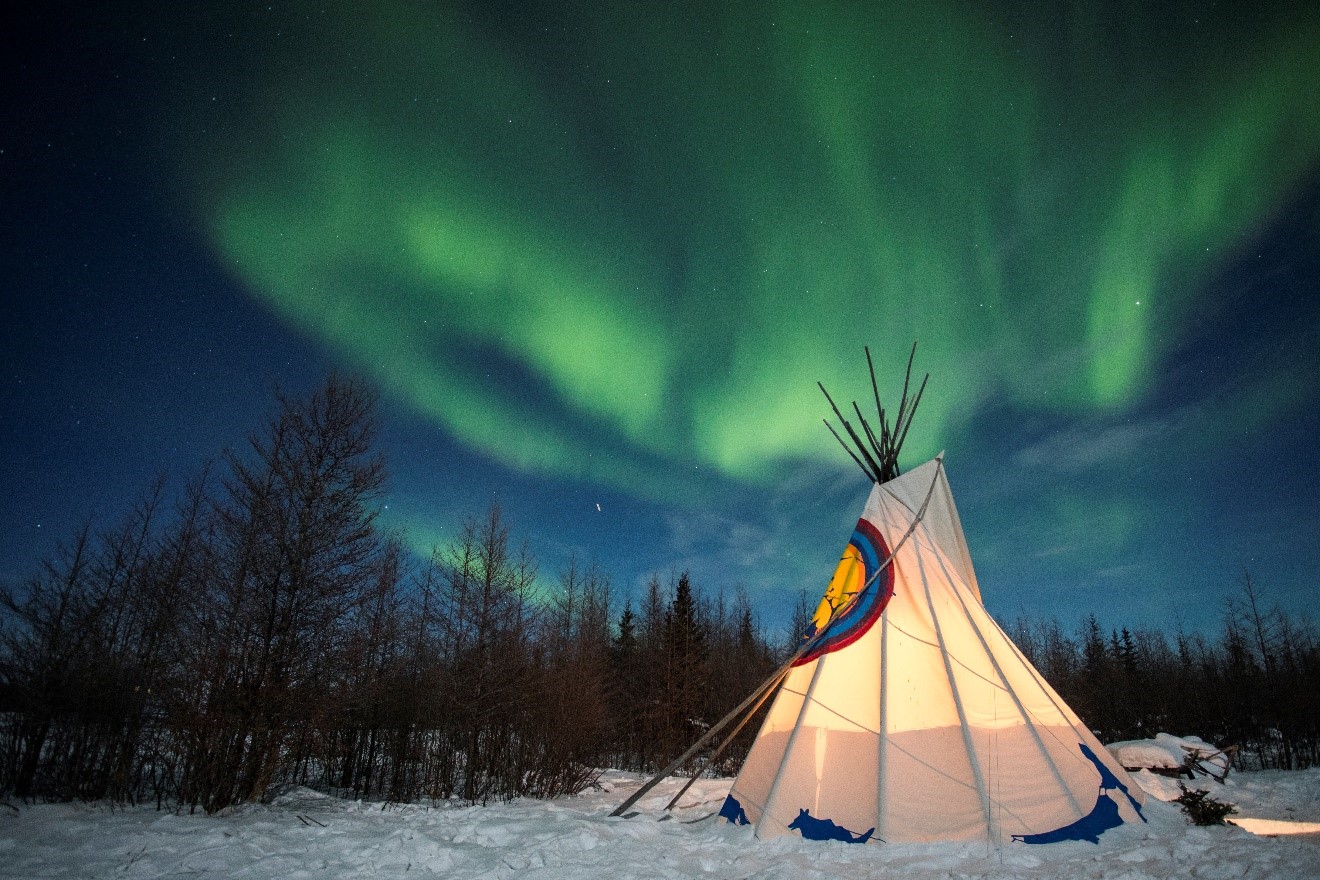
Leading Lines as a Photo Composition Tool
A photo with great composition is going to outshine one without great composition 100% of the time. Fortunately, composition is something you can really learn and master as you practice your photography. In fact, there are a few golden rules, so to speak, on how to start each photo vision with great composition in mind.
One of those techniques is to incorporate leading lines in your photography (the others are rule-of-thirds and the Fibonacci spiral/sequence).
The basic gist is to use a somewhat prominent line (albeit prominent is rather subjective) that helps direct your viewer’s attention to what you are showcasing in the photo. Such a line can be natural like a tree trunk, river, or mountain ridge, OR it can be man-made like a hiking trail, a road, a railing, or any number of other things.
Let’s get to some examples…

In the above photo, I wanted to feature the expanse and isolation of this remote beach and island off the coast of Borneo…known as “turtle island” to many. Of course I wanted to feature the color of the water, and the soft sand, but to tie it all together and add a storytelling element, I really wanted to feature the small motor boat anchored off the beach.
To use leading lines, I positioned myself such that the water’s edge and the rock jetty act like a triangle, funneling your eye to the boat. Without leading lines, this boat might be lost–appear too small, not be noticed right away. Because I personally feel like the boat adds a sense of scale and a bit of storytelling to the photo, I wanted to make sure the viewer sees it right away. These leading lines helped accomplish that.
An Example of Emphasis

The viewer doesn’t need any help finding the train in the above photo, but leading lines are still valuable. In this case, I’m using the angle of the mountain ridge with the train track to direct the viewer to the front of the train. What this helps to do is add a bit of emphasis on the train (I was photographing it for the Alaskan Railroad) and simply the otherwise complex surroundings a bit.
Remember, leading lines are overtly done by the photographer, but semi-subconsciously used by the viewer. It’s the photographers tool to use leading lines to help the viewer see what’s intended to be seen.
A Leading Line AND Foreground Element

Northern lights don’t need much help in a photo, as they’re pretty sensational as-is. However, incorporating additional photo techniques can turn a good photo into a great one. Here I’ve got a traditional Metis tipi pointing to the sky. The eye naturally looks at those pointy sticks at the top as if they are indeed pointing at something. Mix that with the walls of the tipi and you are incorporating a cone or an arrow towards the sky. In addition to being a leading line (perhaps not as prominent as a jetty or a railroad, agreed) the tipi acts as a really nice foreground element, which is another key part of great photos, especially landscape photos.
Again, the northern lights don’t need too much help, but if you can add to the scene in any way, like an interesting tipi in the foreground, or a compositional element like a leading line, it truly boosts the photo and can take it up a notch, which is what we’re all trying to do.
How to Replicate This on Your Own
If you wish to begin incorporating leading lines into your photography, the steps are rather simple. First, identify the subject you’re trying to showcase or direct your viewer’s attention toward. Then, look around your scene for any interesting lines that could be used. Keep in mind, they aren’t always there! However, when they are, it’s a great time to position yourself to line up the lines as you’d like. If you can incorporate other compositional tools like the rule of thirds, foreground elements, or others, that’s great! The more the merrier…it’s like stacking these techniques is stacking the deck in your favor.
Hopefully by now you can see that leadings lines come in a tremendous variety of shapes, sizes, and context. They can be man-made or natural. And they can be incorporated with other photography techniques as just one more tool to have in your bag of tricks. As always, the best way to really learn and understand this is to go out and give it a shot.
Enjoy!

Court
Leave a reply